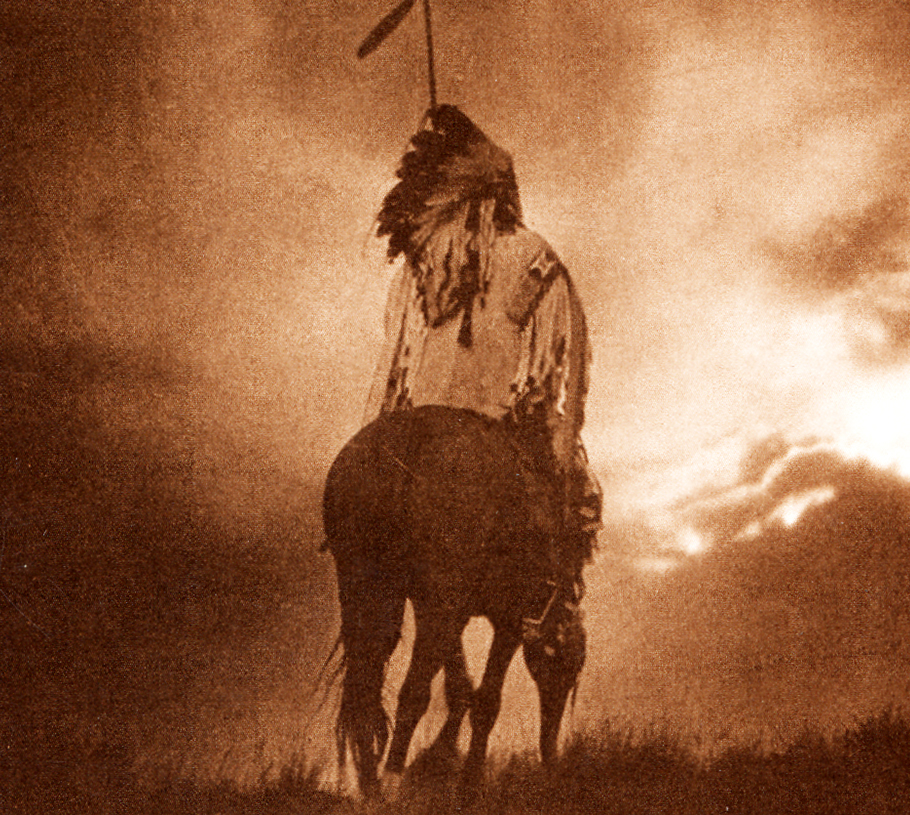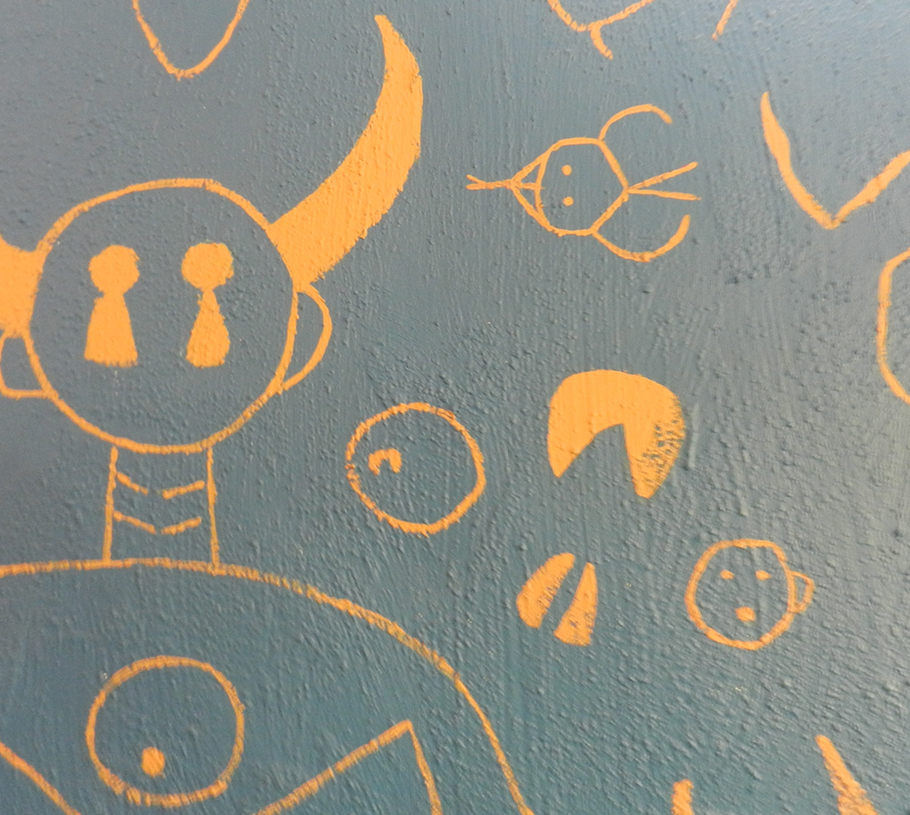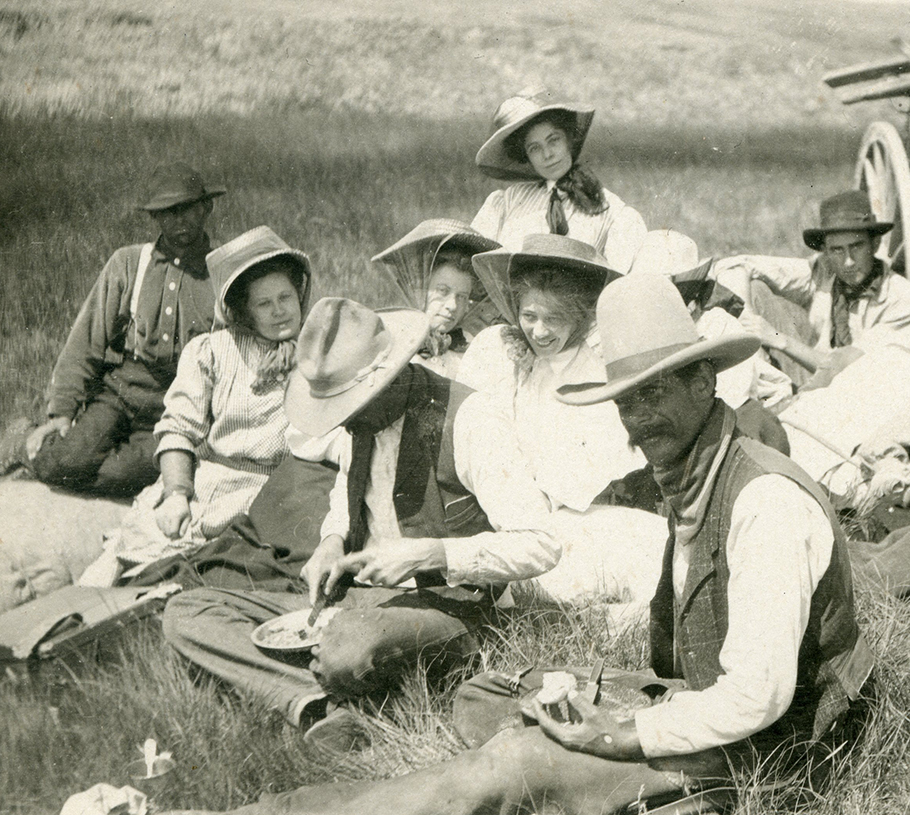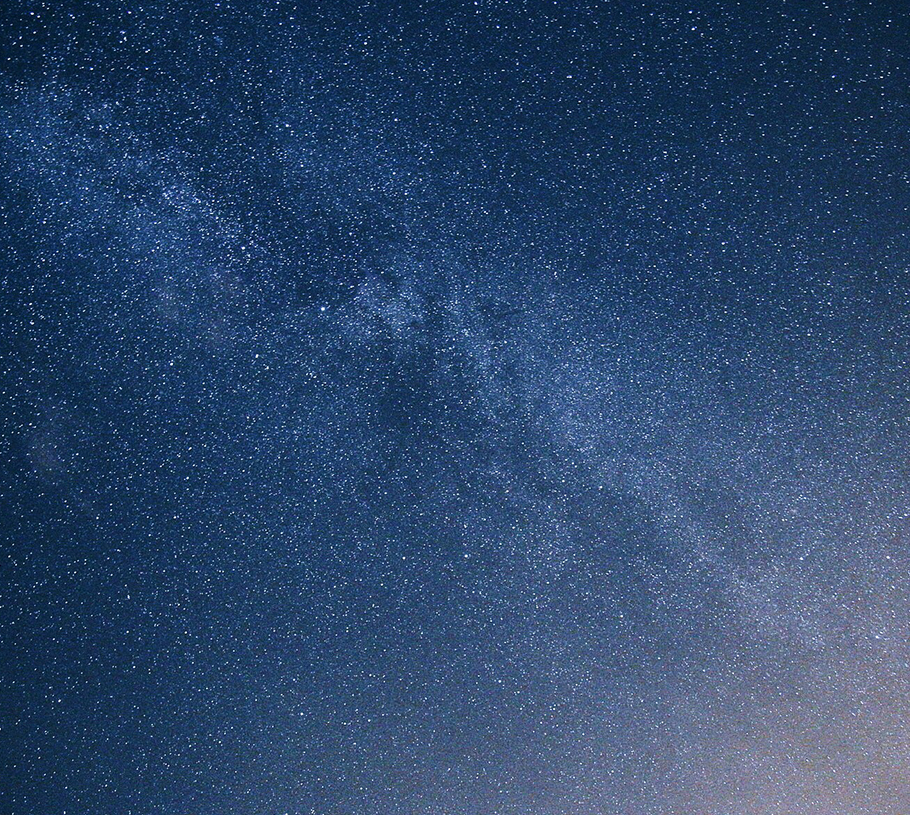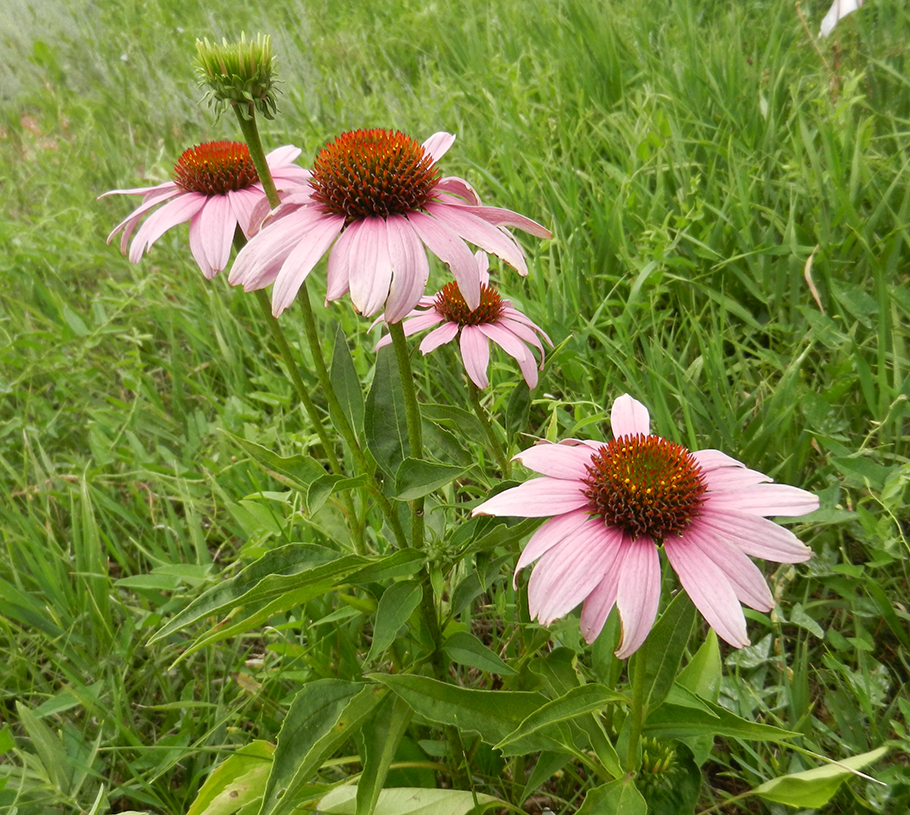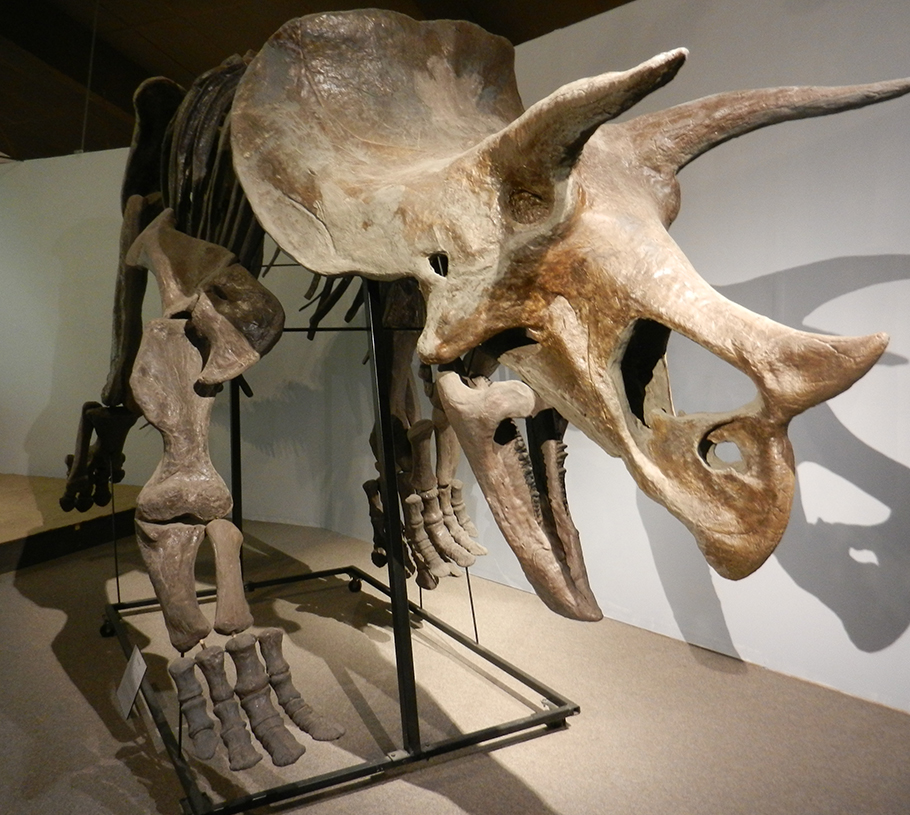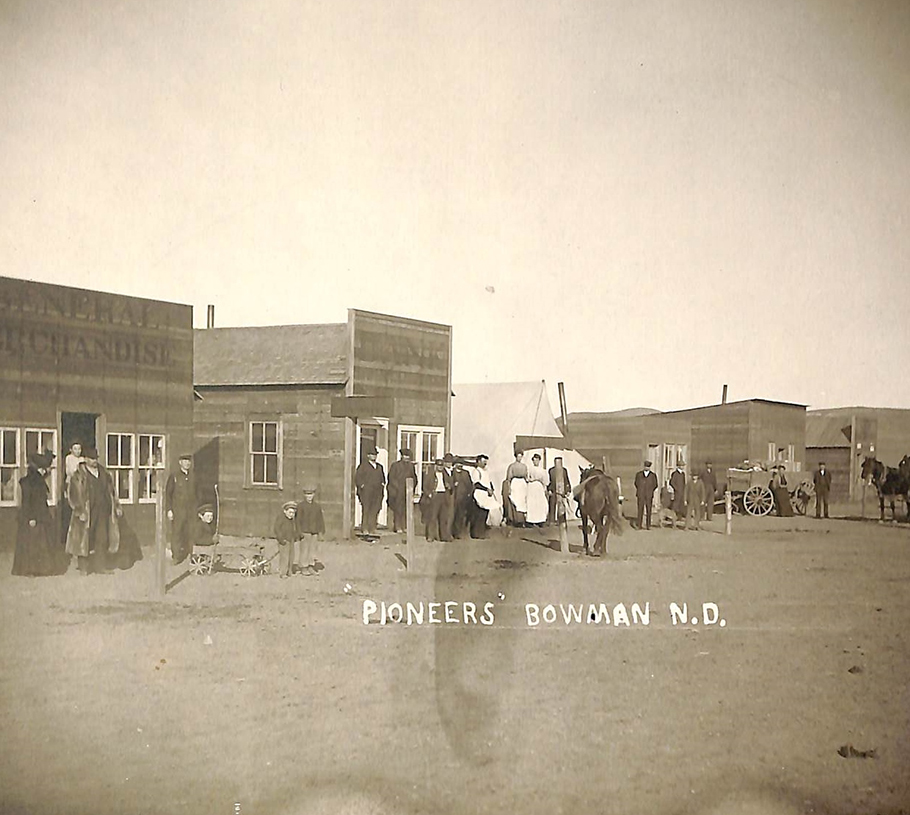Ron Berget Author Talk
Author Ron Berget to speak at PTRM on April 21...
02 April, 2024 Administrative



Author Ron Berget to speak at PTRM on April 21...
02 April, 2024 AdministrativeDoug Ellison's Talk has been moved to May 12....
02 April, 2024 AdministrativeThe Pioneer Trails Regional Museum is seeking an intern for the paleontology department for the summer of 2023!...
16 January, 2024 Administrative
